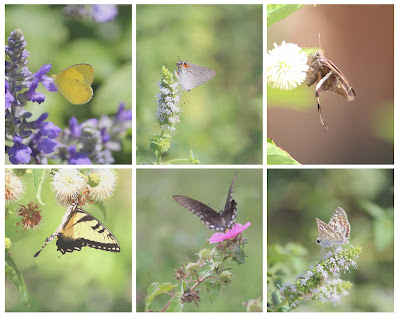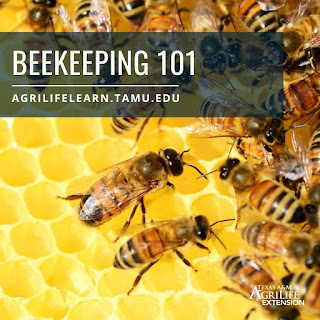Search This Blog
Questions about insects, spiders, scorpions or other creepy crawlers? Tune into this blog to learn about what's buggin' you!
Posts
Showing posts from 2021
Native Bee Program - October 20, 2021 in Boerne
- Get link
- X
- Other Apps
Hairy Caterpillars Make an Appearance Again
- Get link
- X
- Other Apps
Wondering What Happened to all the Insects During the Freeze?
- Get link
- X
- Other Apps




.png)





